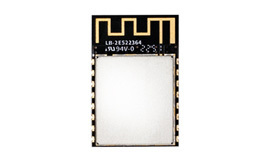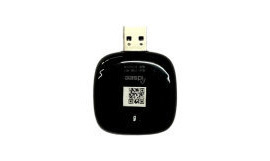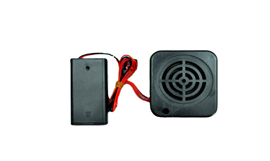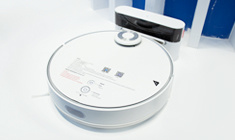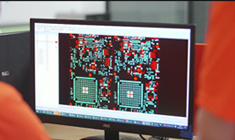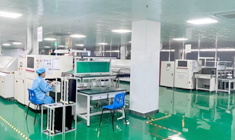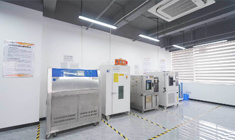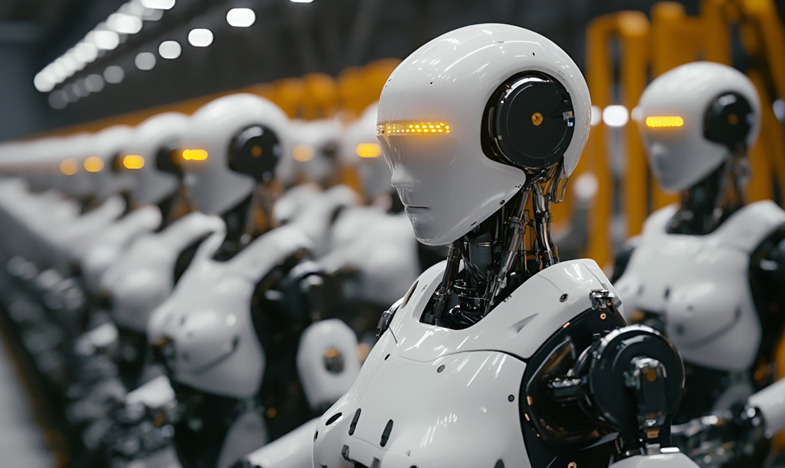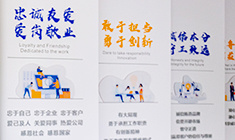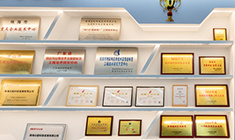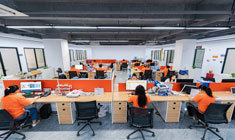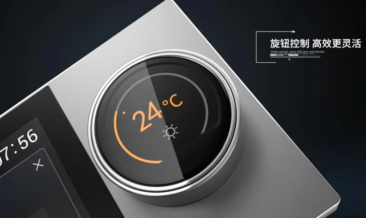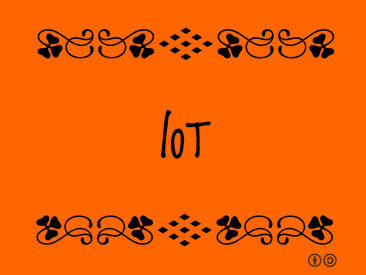
The retail supply Chain Revolution: RFID helps achieve greater visibility
Release Time:
2020-08-28
A new research report released by Avery Denison shows that COVID-19 has accelerated the digital transformation of the retail market. The 2020 Market Insights Report states that a " revolutionary " digital transformation is taking place in the retail industry , with supply chains becoming i
A new research report released by Avery Denison shows that COVID-19 has accelerated the digital transformation of the retail market. The 2020 Market Insights Report states that a " revolutionary " digital transformation is taking place in the retail industry , with supply chains becoming increasingly transparent and data shared across industries to ensure flexibility and sustainability. Supply chains must become more visible as consumers demand transparency and versatility, the study found.
Francisco Melo , Avery Dennison vice president and general manager of smart labels , said they came up with hundreds of interviews with executives around the world to come up with a report titled " The Internet of Things and the Coming Digital Transformation of the Supply Chain " ( IoT and the Imminent Supply Chain Digital Transformation ). The study was planned prior to the 2020 pandemic quarantine and began in early March 2020 , with COVID-19 having a major impact on the two-month response .
Mello said Avery Dennison started this research program to understand how senior executives ( C-suite ) and other leadership roles perceive the impact of the Internet of Things ( IoT ), known as the Internet of Packaging ( IoP ) , on supply chains . The study was ongoing when the pandemic began, “ We incorporated some specific questions about the impact of COVID-19 into the study as it provided the most insight into the industry and interpretation of industry trends during this extremely challenging time.” key insights " .
The research is based on surveys and interviews with business leaders in supply chain, retail, logistics, technology and sales, covering five important global markets: China, US, Central Europe, UK and Japan.
The key conclusion of the study is that " digitalisation and the Internet of Things are at the forefront of the minds of the majority of leaders surveyed " . Rather than slowing down the digitization of supply chain data, COVID-19 has accelerated it , the study found . This is partly due to changes in consumer demand. Supply chains promise greater transparency and flexibility, and the study found that companies that have digitized their supply chains and can automatically track individual items in the supply chain are better equipped to navigate future uncertainties.

The Internet of Things and the upcoming digital transformation of the supply chain
COVID-19 has changed the playing field in retail. The pandemic has left consumers and retailers often wondering: Where did the product come from? What's in it, is it sustainable? When consumers enter a store, what guarantees are there that the grocery or other product they want to buy is actually on the shelf?
Based on feedback from participants in the study, it is expected that more and more retailers will find ways to adapt to buyer demands during the COVID-19 period. As a result, Melo said: " Expect a rapid expansion of new, frictionless contactless retail applications over the next two years. "
The apparel retail sector embraces IoT -enabled technology " as a solution to meet public demand and continued demands for social distancing " . For example, items with unique identifiers, which are automatically captured by readers as they move through the supply chain, can be digitally tracked. This data is shared via software, including a blockchain of immutable records. " This technology is critical for businesses to respond to changing demands and changes in consumption habits. "
" As companies diversify, we're also seeing some trends. " Melo cites new phrases, such as " end-to-end , " and " source-to-point-of-sale " ( PDV ), to describe the vision of a transparent supply chain. Many brands and retailers have begun selling directly to consumers, transforming their operations into what Merlo calls a " micro-supply chain . "
Restaurants like Panera and Subway are examples of how they are starting to change their business models to sell food directly to customers, showing that supply chain versatility is becoming increasingly important. For this business model to be successful, companies need to know what they have and where they are in the supply chain. And this is where RFID and IoT come into play as key application technologies. " We believe that in order to meet the needs of emerging retail markets, a supply chain revolution is necessary. A ' revolutionary supply chain ' will provide transparency and precision from the origin of a product to the point of sale. "
However, COVID-19 is not the only motivation for consumers looking for greater visibility in supply chains, sustainability is the main motivation for companies looking into RFID or IoT deployments. In fact, 65 % of respondents said sustainability was a higher priority for them than it was before the COVID-19 crisis. Sustainability is no longer just a matter of citizens, " we're going to see industries and businesses around the world start to look more closely at the causal role they play. "
Eighty-three percent of respondents said they believe supply chain and related technologies can help companies achieve their sustainability goals. Some brands are moving towards a circular economy, which eliminates waste and focuses on the sustainable use of resources. Trends toward reuse, sharing, repair, refurbishment, remanufacturing and recycling demand digital awareness of where materials and products are and where they are in the supply chain, Mello said. Avery Dennison 's market research report focused on a product from Adidas called Futurecraft.Loop , a shoe with a cyclical lifespan that can be recycled when purchased, returned and recycled after use.
Overall, the study concluded that, despite widespread agreement that technology will provide the necessary digital transformation in a changing economy, barriers still lie ahead. For example, 67 percent of respondents said they were actively maximizing potential value in their supply chains, but more than 30 percent said they had not yet taken full advantage of all available opportunities. There are a number of reasons for this, including a lack of awareness of these opportunities. 31 % said lack of awareness was a barrier. In addition, 35 % pointed to a skills gap, and another 35 % believed that the cost of investment was too high.
While Mello often thinks of supply chains in terms of " behind the scenes , " that doesn't mean they should be hidden from view or responsibility. To provide visibility, each product needs to be uniquely identified, for example by utilizing an RFID tag that transmits its unique identification number each time it is interrogated during the transfer of the product from its source to the customer .
According to the report, through RFID tags, the supply chain can be transformed into an IoP ecosystem, tracking and accountability of all stakeholders in the supply chain. And this will be driven by both business needs and consumer needs to meet their needs in a more transparent way and at a reasonable time.
Reprinted from RFID World Network

Guangdong Joinet IOT Technology Co.,Ltd
Manufacturing Base:
Joinet Technology Park,No. 168 Tanlong North Road,Tanzhou Town,Zhongshan City,Guangdong Province,China
Pre Sales Hotline:19966308713 13823973022
Switchboard:0760-8663 0003 (transferred) 523
Pre Sales Email:sw@znaiot.com

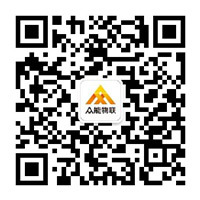
Contact Us:
Looking forward to your call anytime



